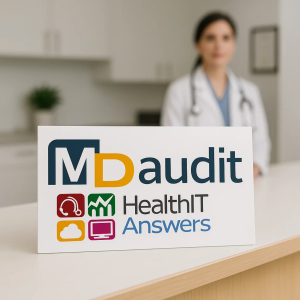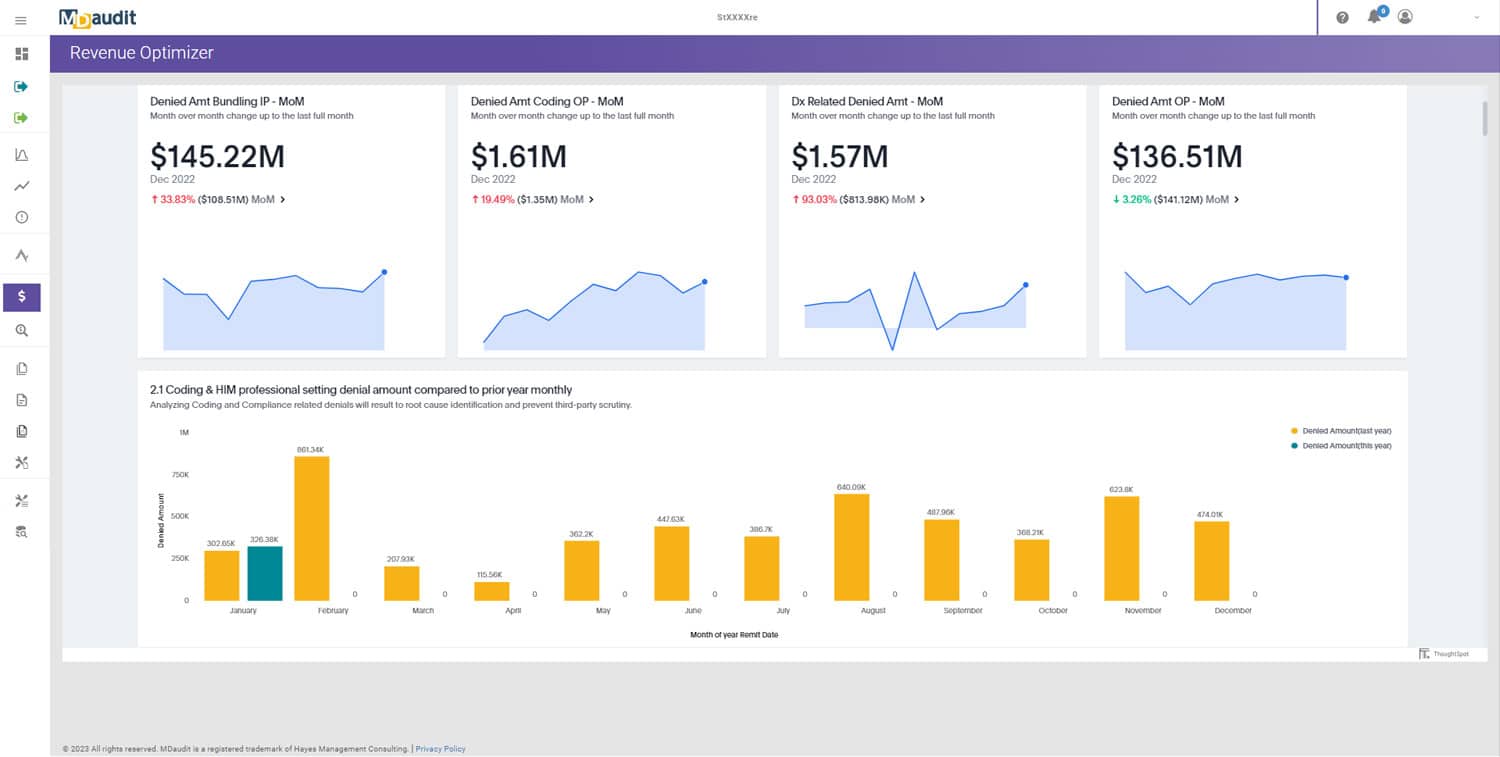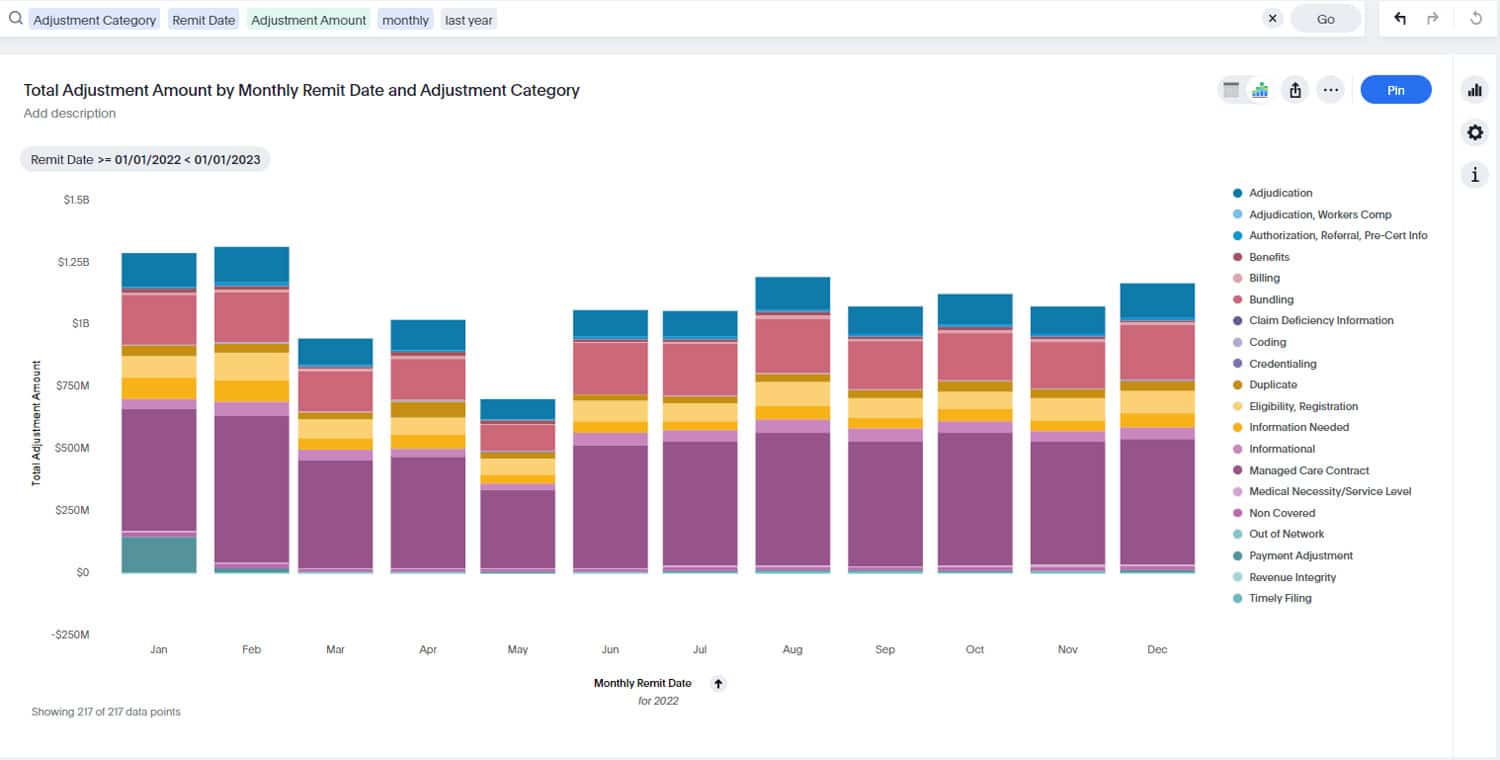Healthcare compliance has traditionally depended on periodic audits—scheduled internal reviews, risk-based samplings, and reactive responses to external audit requests. Yet as billing regulations grow more complex and payer scrutiny intensifies, this calendar-driven approach is no longer sufficient. In 2024, the Office of Inspector General (OIG) reported a twelve percent increase in audit referrals year over year, underscoring the need for a more agile strategy . Today’s leading organizations are adopting compliance risk monitoring platforms that employ artificial intelligence (AI) and predictive analytics to detect emerging risks in real time, transforming compliance from an after-the-fact exercise into a proactive safeguard of revenue integrity.
From Batch Audits to Continuous Oversight
Under the traditional model, compliance teams gather claim samples, assemble documentation, and submit audit packages according to a preset schedule. By the time issues surface, weeks or months may have passed—and often after denials or recoupments have already occurred. Continuous risk monitoring platforms change this dynamic by ingesting billing, remittance, and clinical data feeds daily. Machine-learning algorithms, trained on prior audit outcomes and denial trends, compare each new claim against historical baselines and peer benchmarks. When a billing pattern deviates significantly—such as an unexpected spike in high-level evaluation and management codes—the system alerts compliance officers immediately, enabling focused reviews that prevent small discrepancies from becoming major financial risks.
The Analytics Engine Powering Proactive Compliance
At the heart of modern monitoring solutions lies a blend of unsupervised and supervised learning. Unsupervised models establish norms by analyzing past claims and highlighting statistical outliers. Supervised models then evaluate these anomalies against known audit findings, assigning a risk score—often on a 0 to 100 scale—that reflects each claim’s likelihood of noncompliance. Time-series forecasting further enhances this by anticipating seasonal risk surges, such as year-end discharge denials, so teams can proactively adjust resources. Meanwhile, Natural Language Processing (NLP) mines unstructured data—clinical notes, discharge summaries, and payer correspondence—to uncover documentation gaps that frequently trigger audits. Together, these capabilities transform vast data sets into real-time foresight.
Industry research predicts that by the end of 2025, over half of U.S. healthcare providers will employ AI-driven compliance platforms, up from under thirty percent in early 2023 . The drivers are clear: faster issue detection, more efficient audit staffing, and measurable reductions in denials and penalties.
How MDaudit Leads with Continuous Monitoring
MDaudit’s Compliance Risk Monitoring Platform exemplifies this next-generation approach. Its architecture retrains AI models nightly on fresh billing and remittance feeds, ensuring risk assessments adapt to evolving coding guidelines and payer behaviors . Integration with Electronic Health Record (EHR) systems and Revenue Cycle Management (RCM) tools is seamless—data flows automatically via secure APIs or standard electronic data interchange without manual uploads. Compliance leaders configure alert thresholds alongside built-in risk signals, tailoring notifications to organizational risk tolerances. Interactive dashboards display heat maps by provider, location, and service line, while drill-down views reveal individual high-risk claims alongside their supporting documentation. Every reviewed claim then feeds back into the AI engine, refining future predictions and reducing false positives in a self-optimizing cycle.
Beyond risk monitoring, MDaudit offers complementary modules to support a unified compliance strategy:
- Audit Workflows: Automate scheduling, sampling, and report generation with the Audit Workflows solution.
- Continuous Risk Monitoring: Extend real-time oversight with the Continuous Risk Monitoring module.
- Revenue Integrity: Unite billing compliance and revenue cycle analytics through the Revenue Integrity Platform.
Embedding Real-Time Alerts into Daily Work
Moving from batch audits to continuous monitoring requires workflow transformation. Rather than launching quarterly audit waves, teams adopt rolling reviews triggered by platform alerts. A high-risk claim appears on a user’s dashboard with its risk score, pertinent clinical notes, and recommended next steps. Service-Level Agreements (SLAs) ensure investigations begin within twenty-four hours and reviews complete within three business days. Automated task assignments and reminder notifications prevent alerts from slipping through, while in-platform comment threads let Health Information Management specialists, coding auditors, and revenue integrity analysts collaborate directly around each case. This integration of detection, review, and correction fosters a culture of continuous compliance improvement.
Real-World Impact on Denials and Revenue
Organizations that have implemented continuous monitoring report significant outcomes within months. One multi-hospital system documented a fifteen percent reduction in denial rates by intercepting high-risk claims before submission. Preparation time for external audit responses dropped by more than fifty percent, eliminating interest penalties and administrative overhead. Compliance teams achieved a fifty percent boost in audit throughput without additional headcount by focusing on the top ten percent of claims with the highest risk scores. These combined efficiencies typically deliver a full return on investment within twelve to eighteen months.
Navigating Adoption Challenges
Despite its promise, continuous monitoring faces hurdles. Data quality and governance are foundational; inconsistent charge descriptors or incomplete remittance fields can undermine model accuracy. Organizations must implement data normalization protocols and validate feed completeness before launching a new platform. Change management is equally critical: staff accustomed to periodic audits may feel overwhelmed by an unending stream of alerts. Clear communication of strategic benefits, demonstration of early success stories, and comprehensive, role-based training help build confidence. Concerns over “black-box” AI decision-making can be addressed by selecting platforms that offer explainable AI features—such as drill-down explanations of which data attributes influenced a claim’s risk score—and by involving clinical and coding subject-matter experts in model-validation exercises.
Looking Ahead: Innovations on the Horizon
As compliance risk monitoring evolves beyond 2025, several emerging trends promise even greater automation and intelligence. Agentic AI assistants are poised to draft audit reports autonomously—summarizing root-cause drivers, proposing corrective-action plans, and scheduling follow-up reviews without human prompting . Federated learning networks may enable the sharing of de-identified claim insights across trusted provider collaboratives, enriching AI models while preserving patient privacy. Blockchain-backed audit trails could record every review action immutably, streamlining regulatory inspections and fortifying defensibility. Real-time regulatory feeds, ingesting live Centers for Medicare & Medicaid Services rule updates and payer bulletins, will allow platforms to auto-adjust alert logic as compliance frameworks shift. Collectively, these innovations will embed compliance ever deeper into clinical and financial operations, transforming it from a periodic checkpoint to a seamless, continuous function.
Conclusion
In an environment of accelerating regulatory complexity and heightened payer scrutiny, healthcare organizations can no longer rely on periodic audits to safeguard compliance and revenue integrity. Continuous, AI-driven compliance risk monitoring platforms empower leaders to detect and address emerging issues the moment they arise—preventing denials, recoupments, and downstream penalties. MDaudit’s unified solution, with its nightly AI retraining, seamless system integrations, customizable alerts, and closed-loop feedback, offers a proven path to operational excellence. To discover how real-time risk monitoring can secure your organization’s financial health and ensure regulatory readiness, request a demo today







